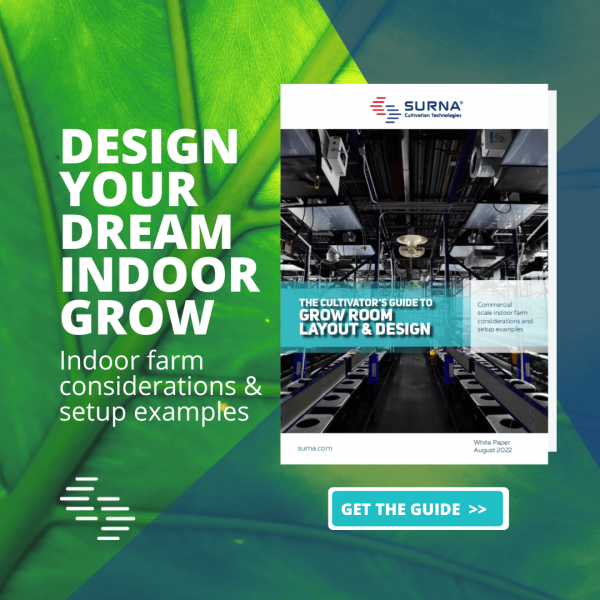In order to understand the basics of cooling, it is important to understand that cooling involves the removal of heat, not the addition of cold. Technically speaking, there is no such thing as cold, only an absence of heat/energy.
Thermodynamics
The rules that govern heating and cooling can be found in the physics of thermodynamics. For those not familiar, thermodynamics describes the movement of heat in nature and has three basic rules:
- Energy cannot be created or destroyed, it can only be moved or change form.
- The only way to cool an object down is to remove the heat (energy) from it. This requires the ability to move the heat to a different location or object or change the state of the original object (solid to liquid or liquid to gas) in a way that requires energy to do so. When a liquid changes to a vapor, it gives up heat in order to do so. In order to change back to a liquid, that vapor must absorb an equal amount of energy as it originally released.
- Pressure can be used to aid in the transformation of an object from one state to another (i.e. gas to liquid, etc…).
- Energy must flow from a higher state to a lower state. In other words, heat will always be transferred from a warmer object to a cooler object.
- Heat always moves from a hot material to a less hot material. Hot objects cool down because their heat is moving out of them into the cooler objects around them. Relatively cool objects warm up because the heat from other objects around them is moving into the cooler object.
- As a system moves toward Absolute Zero, the entropy of the system approaches a constant (minimum) value. In other words, the colder something becomes, the less change it is able to go through.
- Absolute Zero refers to the point at which atoms stop moving and is defined on the Kelvin scale as 0 K (not 0 degrees K). This point is physically impossible to reach, at -459.67°F (-273.15°C) and nothing can be colder than Absolute Zero. Any object above this temperature still contains heat, thus the above statement that technically speaking, there is no such thing as cold.
While the above overview provides a very basic understanding of thermodynamics and how cooling occurs, the main thing to remember is that removing the heat from a room does not simply involve blowing cold air into the room, it is a sophisticated process of removing the heat and transferring it elsewhere. Cooling is the removal of heat, not the addition of cold.

